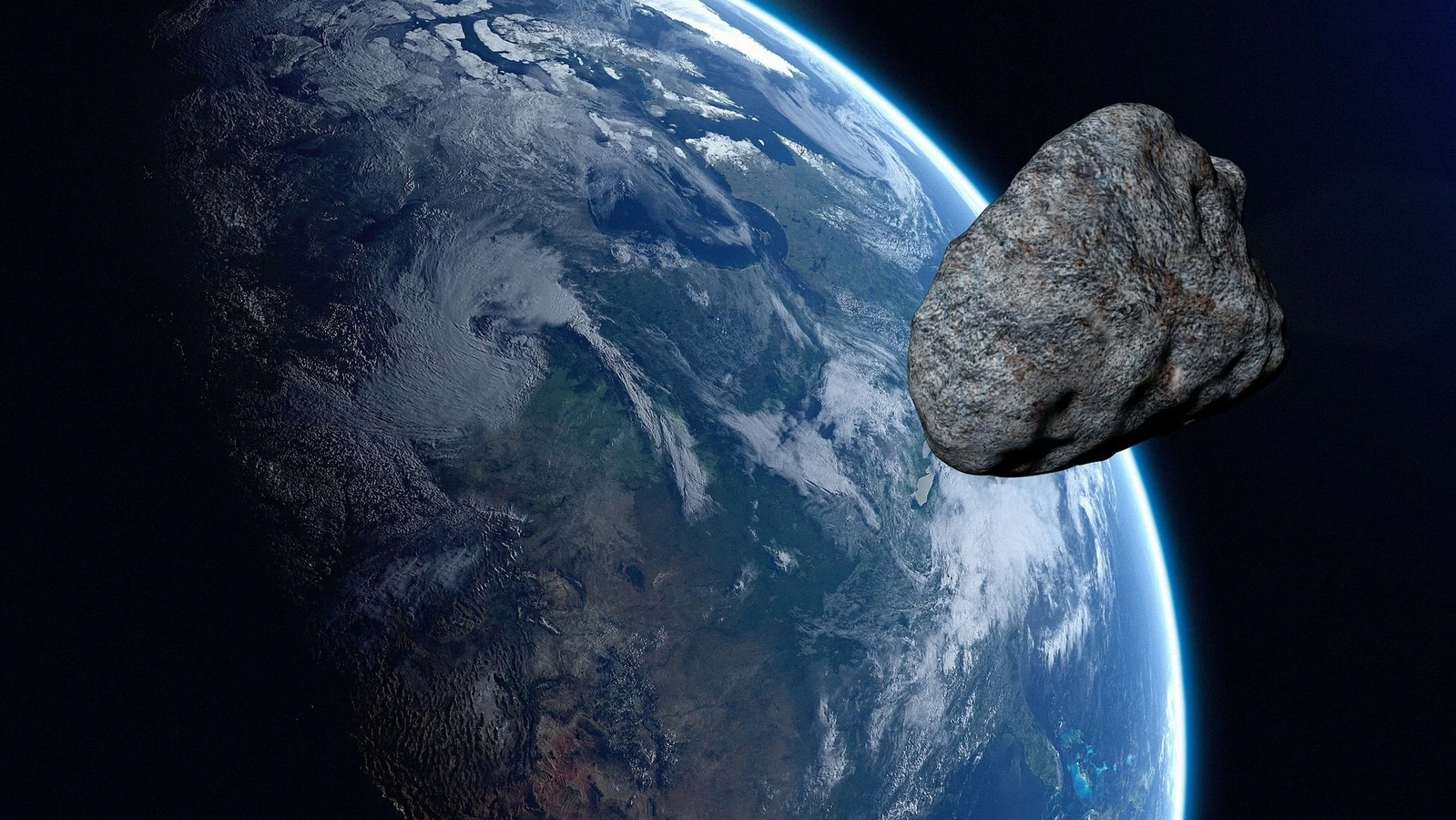With the recent finding of an asteroid that was allegedly “hiding” in the Sun’s glare, the danger posed by asteroids to Earth has increased. The asteroid, known as 2022 AP7 and dubbed a “planet killer,” will shortly cross the Earth’s orbit.
There is no need to worry, though, since the space rock’s discoverer, astronomer Scott Sheppard, said that there is now no possibility of a collision.
According to research by Sheppard and his colleagues at the Carnegie Institution for Science in Washington that was published in the Astronomical Journal, the asteroid 2022 AP7 was discovered amid three other space rocks.
These specialists claim that this asteroid is possibly dangerous since it orbits the Sun every five years and comes near Earth in the process.
The asteroid, which ranges in size from 1.1 to 2.3 kilometers, is the largest “planet-killer” detected in the last eight years and is in the top 5% of all known asteroids.
Sheppard believes that additional information is needed to precisely calculate the orbit of the object and the threats it presents in the coming years, but that the probability of an impact is low at this time.
Even though it is difficult to see in the Sun’s glare, the asteroid poses a threat since it crosses Earth’s orbit while our planet is in the sunlight.
The scientist cautioned that any space rock with a diameter of more than one kilometer is capable of destroying a planet by kicking up dust into the atmosphere and obscuring the sun.
According to Sheppard, a major extinction catastrophe like hasn’t been seen on Earth in millions of years will occur. “The Earth’s surface would certainly cool dramatically from sunlight not reaching to the planet,” Sheppard said, as quoted by The Guardian.
It is important to note that smaller asteroids in blind regions constitute a serious hazard in addition to the large visible asteroids. A 20-meter-wide asteroid that entered Earth unnoticed in 2013 and detonated above a city in Russia’s Chelyabinsk is a prime example.
It broke thousands of home windows. Another instance of a space rock that suddenly materialized within a few thousand kilometers over the Antarctic is the asteroid 2021 UA1, according to Space.com.
Source: Republicworld

